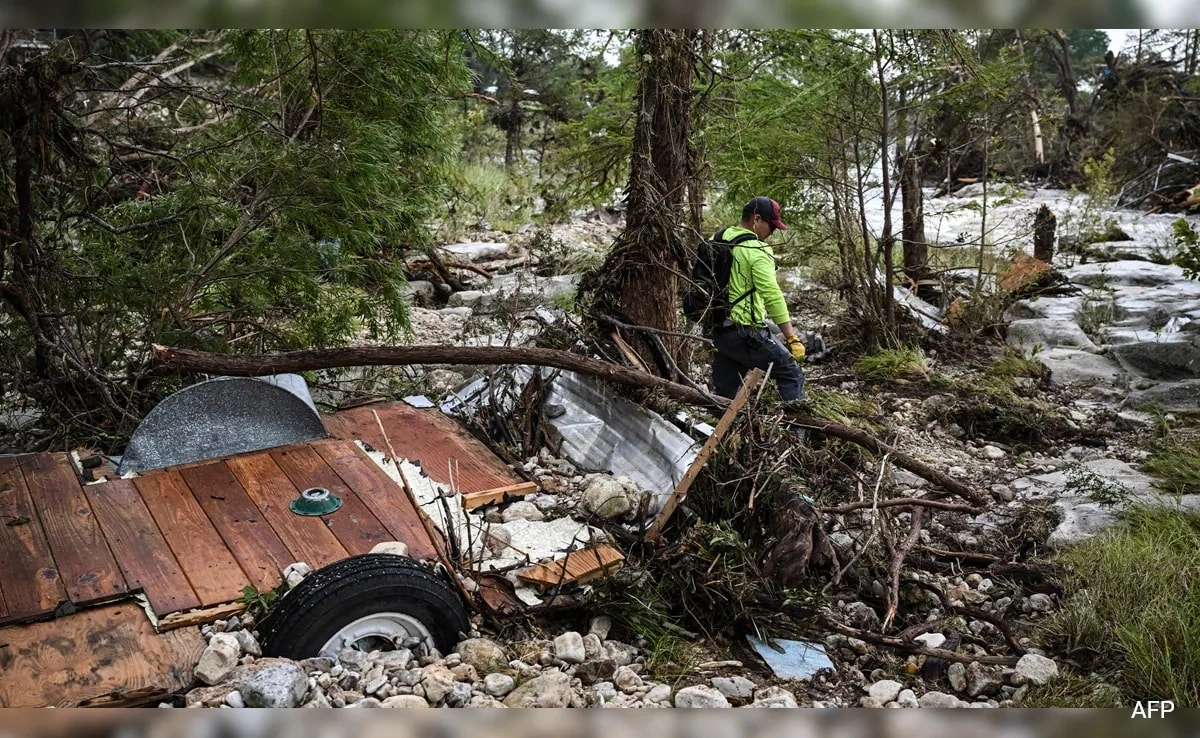In a dramatic turn of events, Air India pilots canceled the take-off of their aircraft while it was traveling at a speed of 155 km/h on the runway at Delhi’s Indira Gandhi International Airport. This incident underscores the critical importance of pilot decision-making and safety protocols in aviation. As the aircraft accelerated and reached a significant speed, the pilots were compelled to make a split-second choice that could have far-reaching consequences. Such incidents serve as a reminder of the numerous factors that can influence a flight’s safety, including mechanical issues, weather conditions, and human judgment.
According to reports, the decision to abort the take-off was not taken lightly. Pilots are trained extensively to handle various situations, and their ability to react quickly to unexpected circumstances is vital. In this case, the pilots’ prompt action in hitting the brakes likely averted what could have been a serious incident. The runway environment is highly controlled, but unexpected challenges can arise, necessitating immediate and decisive action from the flight crew. This incident highlights the rigorous standards required for pilot training and the importance of teamwork in ensuring passenger safety.
Air India, as well as the broader aviation community, will undoubtedly conduct thorough investigations into the incident to understand the underlying causes and prevent future occurrences. Such investigations often involve analyzing flight data, reviewing cockpit conversations, and examining the aircraft’s performance metrics. The insights gained from these analyses can lead to improvements in safety protocols and pilot training programs. As air travel continues to be an essential mode of transportation for millions, ensuring the highest safety standards remains a paramount concern for airlines worldwide.
In conclusion, the incident involving Air India pilots who canceled take-off at a high speed serves as a crucial reminder of the complexities of aviation safety. It emphasizes the importance of training, quick thinking, and adherence to safety protocols. With the aviation industry continually evolving, such events also prompt ongoing discussions about how to enhance safety measures and ensure that pilots are prepared for any situation they may encounter in the skies. The commitment to safety remains a cornerstone of air travel, and incidents like this reinforce the need for constant vigilance and improvement across the industry.




